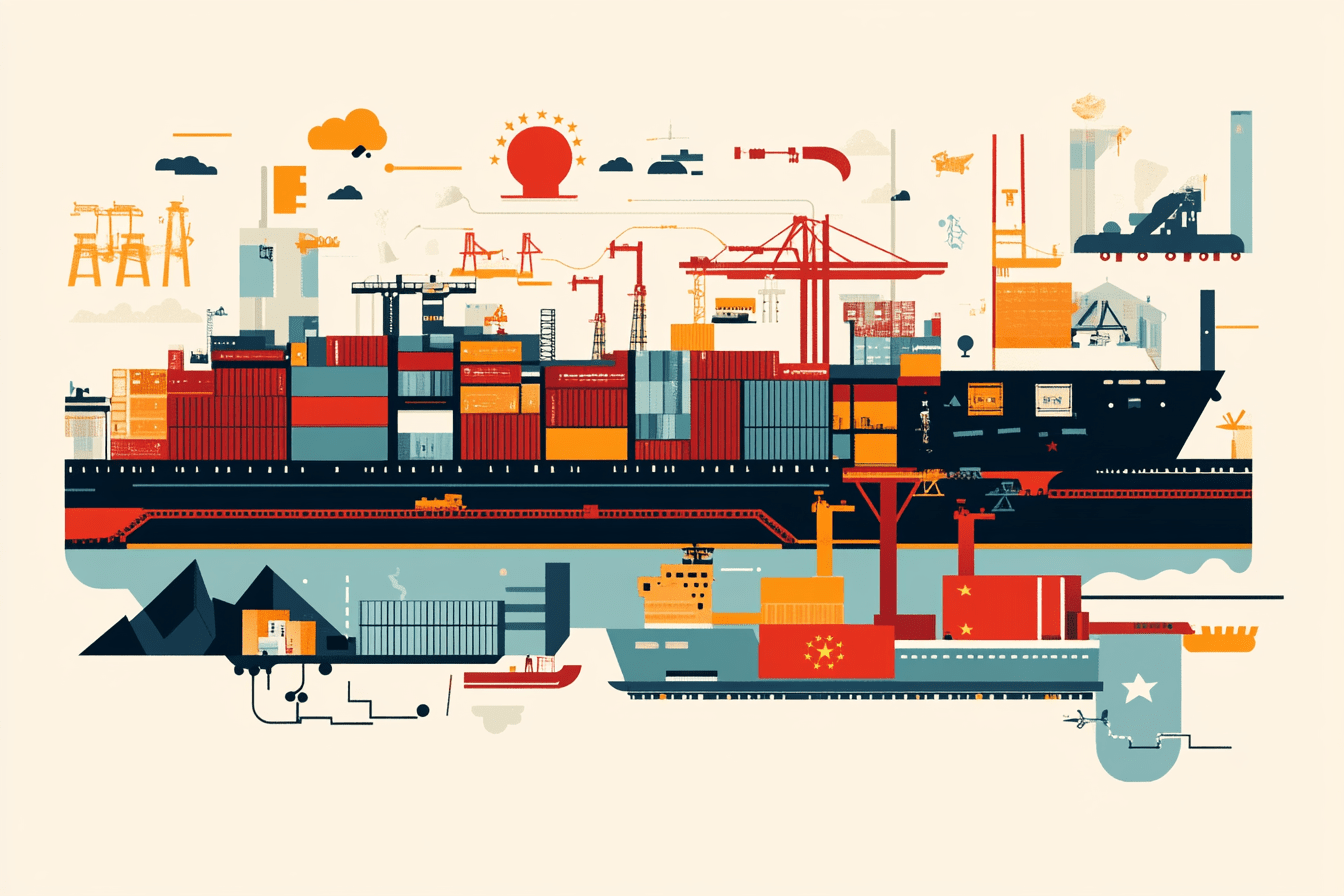Transatlantic Economic Relations in a Trumpian World

January 20, 2025 is the formal start date of a Trumpian world. Given the character of Donald Trump and his recent wild announcements ranging from ambitions with Greenland to threatening tariffs on even the closest US allies like Canada, it is anybody’s guess what he will do next.
However, one issue that Donald Trump has been consistent about for decades is trade policy. He is the self-declared “tariff man” – nearly 40 years ago, Trump went public with a proposal to tax imports from the perceived main competitor at the time, Japan. A second consistency is his disdain for legal niceties like the rules of the World Trade Organisation.
This has understandably created anxieties in Brussels. The EU is the largest exporter in the world, even larger than China. EU exports account for about 25% of EU GDP, much more than for the US. The US is also the largest export market for the EU. All this seems to suggest that Europe has much to fear on the trade front.
However, upon closer inspection, the Trump II Administration could, if handled well, present more opportunities than threats for Europe.
Trade policy is one of the few areas in which the EU can act as one entity. The key question now is how it should react to the threat of a barrage of tariffs from the US. Economic analysis shows that reacting to a foreign tariff with a tariff of your own only inflicts further damage. The two rationales for a tit-for-tat response strategy are traditionally that it might deter the other side from starting a tariff war and that it is necessary to show domestic interest groups who are at the losing end of foreign tariffs that their interests are being taken into account.
This traditional analysis might have been useful in the past when countries used the tariff instrument sparingly to protect specific industries. However, this time things are really different. Part of the Trumpian obsession with tariffs is that the US is losing out in global trade because other nations have much higher tariffs. Whether or not the US has lower tariffs (especially after the ones Trump himself instituted) than the EU or China can be disputed.
What matters is that Trump has the impression that EU tariffs are 50% higher than those of the US. Higher tariffs for the EU are meant to give the impression of a high value, but the 50% is the relative difference between an average of 3.5% for the US and 5% for the EU. These low numbers were generally accepted as a starting point when, not so long ago, the EU and the US were negotiating the transatlantic investment and free trade agreement (TTIP).
Given the fixation of Trump on reciprocity, it might still be worth it to offer to lower some of the remaining EU tariffs, notably its 10% import duty on cars. Brussels should offer to reduce this rate to the 2.5% charged by the US, or potentially even zero.
EU leaders might have to swallow their pride. But they should follow the example of the approach used by the predecessor of Ursula von der Leyen, who successfully defused a transatlantic trade war during the first Trump Administration.
If this is done, Europe could actually benefit substantially from a second Trump Administration increasing tariffs on imports from China. Tariffs of 60% on all Chinese imports (with only 10%-20% for other countries) have been mooted during the election campaign. What tariffs Trump will impose is anybody’s guess. But one element is clear.
While Trump disdains Europe and thinks that it should pay for the American security umbrella, the general hostility towards China is much stronger and bipartisan. It is thus likely that in any case, tariffs on China will be much higher than tariffs on Europe.
EU producers would be among the main beneficiaries of high China tariffs because these tariffs would give them an advantage over the Chinese competition in the largest market in the world. This can already be seen in the US automobile market, where EU companies are doing well given that Chinese cars have effectively been shut out of the market already. Moreover, if the Trump II Administration favours internal combustion engine cars, it would offer some respite to the European automotive industry, whose weak point is battery electric vehicles (Chinese electric vehicles are subject to a 100% tariff in the US).
Another element making US tariffs on EU goods less threatening is that European manufacturers have large investments in the US. This applies in particular to the European (mostly German) producers of high-quality cars. US tariffs on EU cars would make these US-based operations more profitable. This would admittedly be at the expense of EU employment, but the higher profits from US operations would at least somewhat offset the pressure on profitability European manufacturers are experiencing in the Chinese market.
European policymakers should thus keep cool heads and concentrate on defusing unavoidable tensions instead of posturing about tit-for-tat retaliation.
Keeping transatlantic economic relations on an even keel would achieve little if many other countries were to follow the US example. About 100 years ago, the US made the Great Depression even worse by increasing its tariffs, thus starting a global tariff war that led to a spiraling down of global trade. However, this time is likely to be very different.
Most other countries have no interest in following the US example, as it does not make sense for the many small open economies that form the backbone of global trade. Even China has little incentive to impose tariffs on imports from Europe or other countries.
It is thus likely that the tariff war Trump looks forward to winning will remain mainly a bilateral US-China affair. However, although these are the two largest economies in the world, trade between them accounts for only a small percentage of global trade. US imports of goods from China amount to about US $500 billion, equivalent to 0.5% of global GDP and 2% of global trade.
EU policymakers should thus stop bemoaning the death of the rules-based trading system and instead concentrate on the mundane task of defusing the trade conflict with the US while remaining open to the rest of the world.
This article was originally published on Interecomics.eu
IEP@BU does not express opinions of its own. The opinions expressed in this publication are those of the authors. Any errors or omissions are the responsibility of the authors.
